Dear Editors,
I have received my November 2004 issue and read it. I shared it with a neighbor and he has also ordered a subscription after seeing it. Right on. As the daughter of a veteran of WWII, I enjoy your magazine immensely. I noticed that in the recent issue the “Insight” department had an article on George S. Patton, Jr.’s death. I was wondering whatever happened to his bull terrier Willie? I have seen Willie in other pictures with Patton, and this was the saddest I’ve seen. Did someone take Willie of did he die of grief? With Patton’s individualistic personality he may have needed Willie more than Willie needed him.
V. Hope Wright
Georgetown, Delaware
“Willie” was brought back to the States by Patton’s wife Beatrice. Willie lived out his days with her at the family home in Massachusetts.
Billy Mitchell Bomber
Dear Editors,
I was reading your November 2004 issue, and found the article on the North American B-25 Mitchell very interesting. This was a plane that I had seen many times as a child during WWII, and this particular bomber was one of the great bombers of that conflict. I lived by McClellan Army Air Force base and both my father and my uncle were employed there working on Army aircraft. The P-38 was getting most of the attention but the B-25 was right behind it in need. One day in March 1942 my father told me that General Doolittle had landed at McClellan with fifteen or so B-25s. Everything about the landing was somewhat secretive and they were not getting any real information as to what was going on. A well meaning officer asked him to give the planes a quick check over to make sure they were ok to fly. It was noticed that the fuel settings were too lean, so they went about putting them back to the correct settings. Doolittle had a fit when he heard of the changes, and for years my father never knew if the settings had later been changed back to lean, because they never made it to the Chinese bases they were sent to. Also, it seems that Sam McGowan was unsure as to whether B-25’s took part in the attack on the Junkers transports in the Sicilian Straits. Well, they did, and it was a free-for-all. In Edward Jablonski’s Airwar, you can find, in Volume 2, a photo of the JU52’s flying in formation while under attack. The water under the transports is a maelstrom of splashes from machine gun fire, and the only other planes visible in the photo are B-25’s flying around the German formation. Twenty of the thirty-five aircraft were destroyed in minutes. Lastly, one of my scoutmasters also flew the B-25 in the Pacific, and specialized in strafing Japanese airfields. He said they made so many low passes over one airfield that the occupants started booby trapping trees at the end of the runways with explosive charges. Some unfortunate soul had to hide near a tree, and try to pull a rope to set off the charge. Although they had seen some of the charges go off, he did not think any Allied aircraft had been lost to the booby trap. He said the B-25 was a very dependable aircraft, and was very sad when he transitioned to the P-61 Black Widow later in the war.
Ronald A. Cole
Kailua Kona, Hawaii
Dear Editors,
Regarding your latest issue, I enjoyed the wide variety of subject matter you presented. Your article on the North American B-25 was quite interesting, but there was a statement claiming that the B-25 did not see service in Western Europe. In fact, the B-25 did see service there. From 1942 through the end of the war, at least 5 RAF squadrons attached to 2 Group in Britain flew them in combat. Squadron numbers 98, 180, 226, 305, and 320 operated every model up through the J series. This also included aircraft equipped with H2X, GEE, and the Mark XIV computed gun sight. The crews of these B-25s flew every type of mission, from low-level to medium, and this included V1 and V2 sites, strategic sites, and low-level tactical targets during and after the D-day invasion. Most of the crews had a great affection for their B-25s because they were very dependable and extremely durable. Many of them flew 50-100 missions, with the record being 125 by 98th Squadron’s FL176-B “Grumpy.” I have had the honor of meeting a number of these brave men and I would hate to see their accomplishments go unnoticed.
Michael Howell
Vancouver, Washington
Dear Editors,
The article on the B-25 in your November 2004 issue on p. 13 contains a statement—in respect to the April 1942 Tokyo raid—that it had the effect of “helping guarantee President Franklin D. Roosevelt’s reelection to an unprecedented third term in November.” I think this is a substantial factual error; keeping in mind that Roosevelt was elected for his third term in November of 1940. I do not wish to be pedantic, however I note same as I trust that your readers expect, and your editors are striving to achieve a high threshold of accuracy and excellence
Fred Gariepy
Peterborough, Ontario
We thank you for your letter, and yes you are correct. We strive to maintain a high level of editorial quality at WWII History, and we know our readers expect nothing less.
Dear Editors,
I find that the articles you publish in WWII History are factual, well written, and very interesting. As expected, many of the articles deal with the experiences of American troops in the European and Pacific theaters. However, I also consistently find articles relating to other events from the war. Some of these events are of special significance to people like myself who were born elsewhere. The article concerning the end of Italian dictator Mussolini was of great interest to me as I was an Italian citizen at that time, due to circumstances out of my control (Italian invasion of my country). I have read much about Hitler, Mussolini and Stalin. The article by W. Deac in the September 2004 issue was very well written and extremely accurate. Congratulations.
Joseph H. Koyacic
Colonial Heights, Virginia
Admiral Halsey
Dear Editors,
I’m sorry but I must disagree with Oreste Manning of Lutz, Fla. concerning his statement in the January 2005 issue of WW II History. He wrote that Admiral W.F. “Bull” Halsey “allowed whiskey on all ships in his fleet.” I joined Admiral Halsey’s South Pacific staff in Noumea, New Caledonia in the Guadalcanal days and was chosen to go to sea on his staff commander Third Fleet. We did some drinking in Hawaii, at the flag bar Macaretta Beach, Philippine Islands, and on Mog island, Ulithe, but liquor was not allowed on our flagship battleships. These ships included the USS New Jersey, Missouri, South Dakota, and the cruiser USS Louisville. It is true that Admiral Halsey was a very colorful Admiral with the guts to break Navy Regulations when believed necessary, but in three years I never saw evidence of any drinking aboard our ships.
Robert L. Balfour
The Villages, Florida
Dear Editors,
I am a subscriber to WWII History and I have a question. In the past issues of the magazine, have you ever done a story on the taking of Hanau, Germany? There was a Luftwaffe base 3 miles outside of Hanau which was later a dispersal center for the Signal Corps. called Hanau Signal Depot. I was stationed as a K-9 security policeman in Hanau in the 1950’s and have heard through the rumor mill that this base was defended by old men using wooden bullets who were quickly overcome by U.S. soldiers. I would greatly appreciate any assistance you might possibly be able to provide.
Arthur P. Redmond
North Haven, Connecticut
Dear Editors,
Sam McGowan mentions a mistake in the September ‘04 book review of Normandy: The Real Story concerning a tactical Air Force unit. He makes a similar mistake himself though, as he refers to the 90th Infantry Division as a National Guard unit made up of “Okies” and “Texans.” The 90th Infantry was not a National Guard unit, but rather a reserve division made up of many draftees from the Oklahoma and Texas areas of the United States. In WWII the National Guard divisions from these areas were the 45th Infantry Division (Oklahoma, New Mexico, Colorado, and Arizona National Guard) and the 36th Infantry Division (Texas National Guard). Brig. Gen. Raymond McLain, the 90th’s commander for several months, was a National Guard officer originally from the 45th Infantry Division (Oklahoma National Guard).
Bill Lamon
San Jose, California

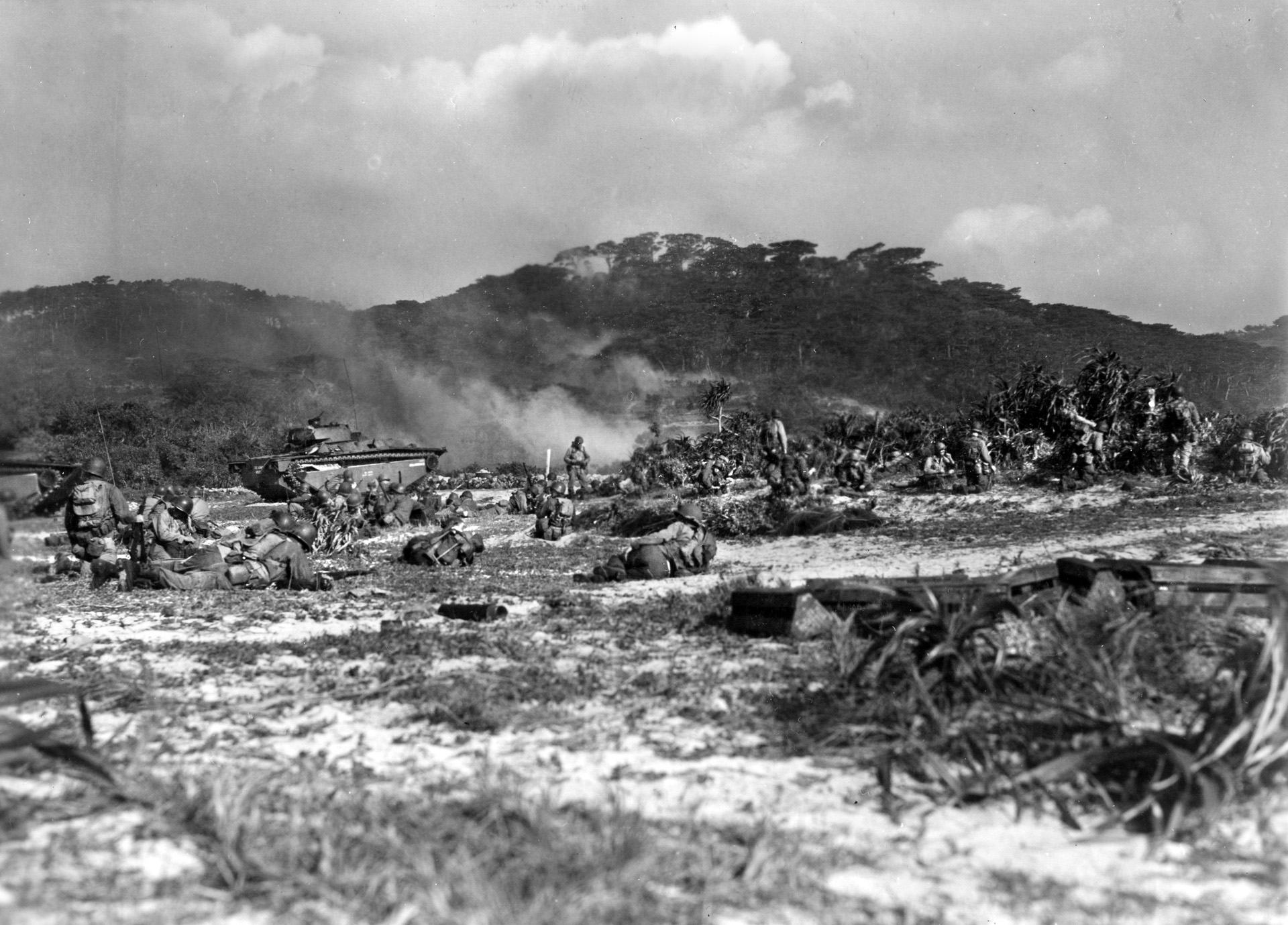
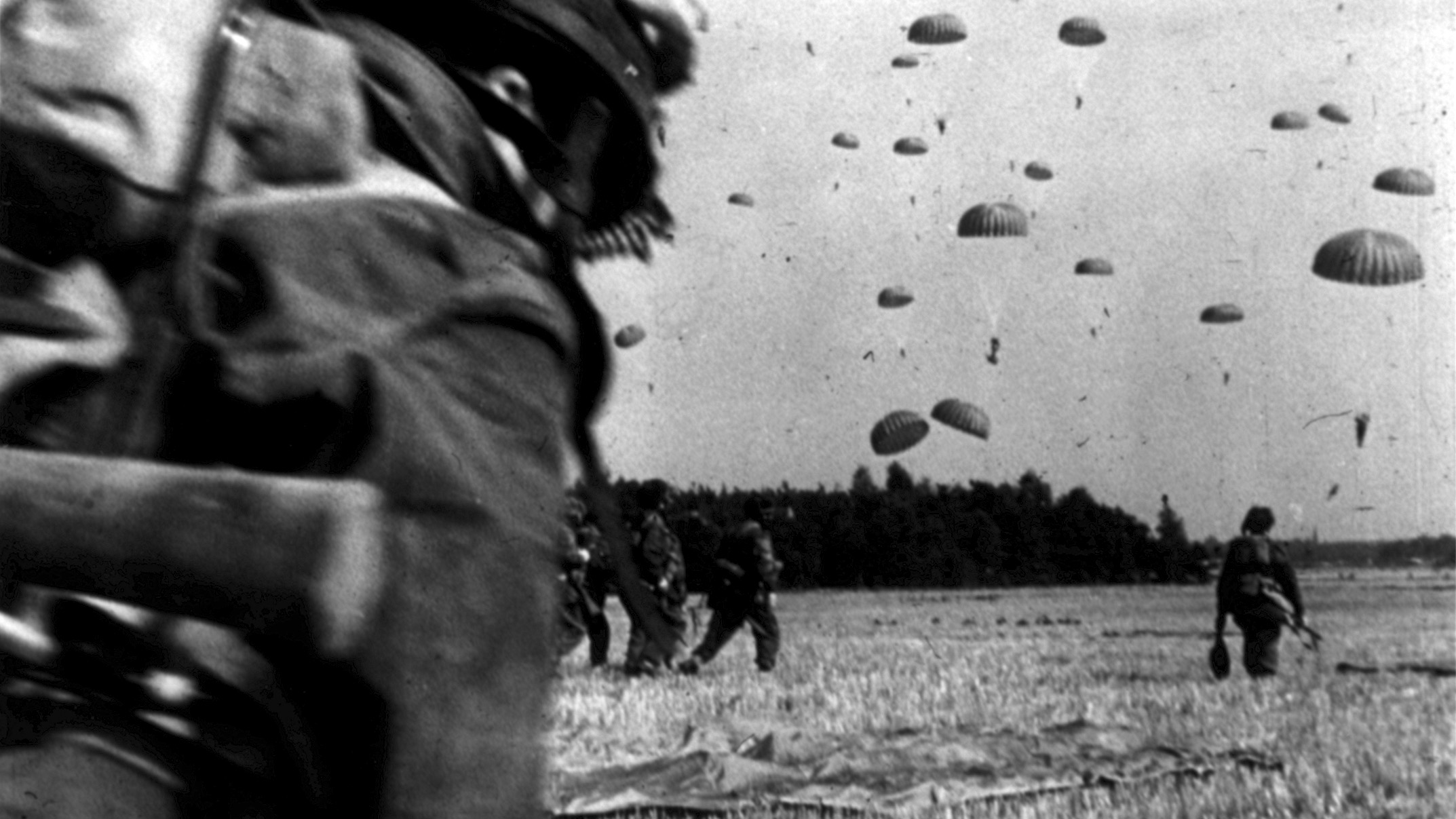
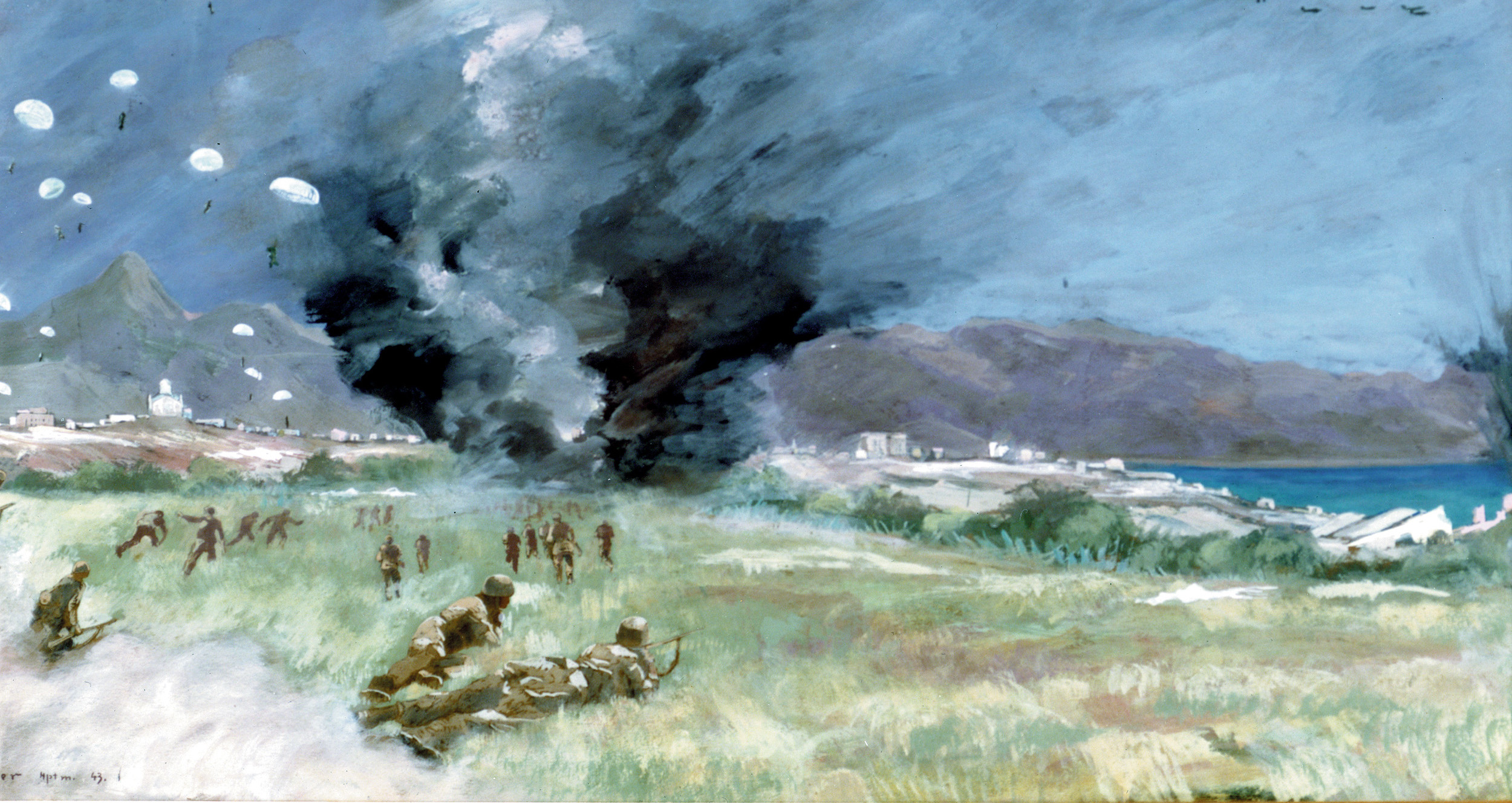
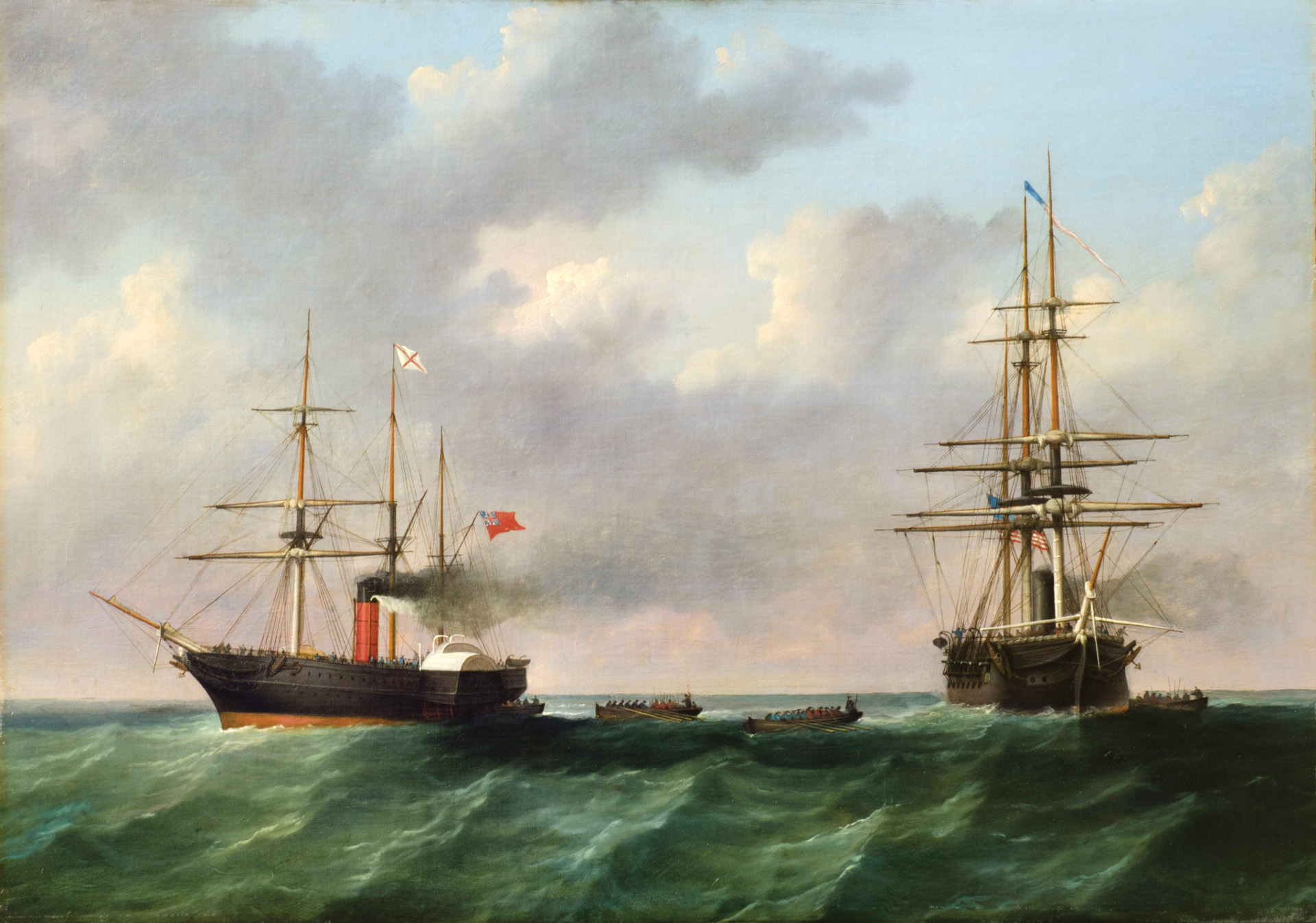
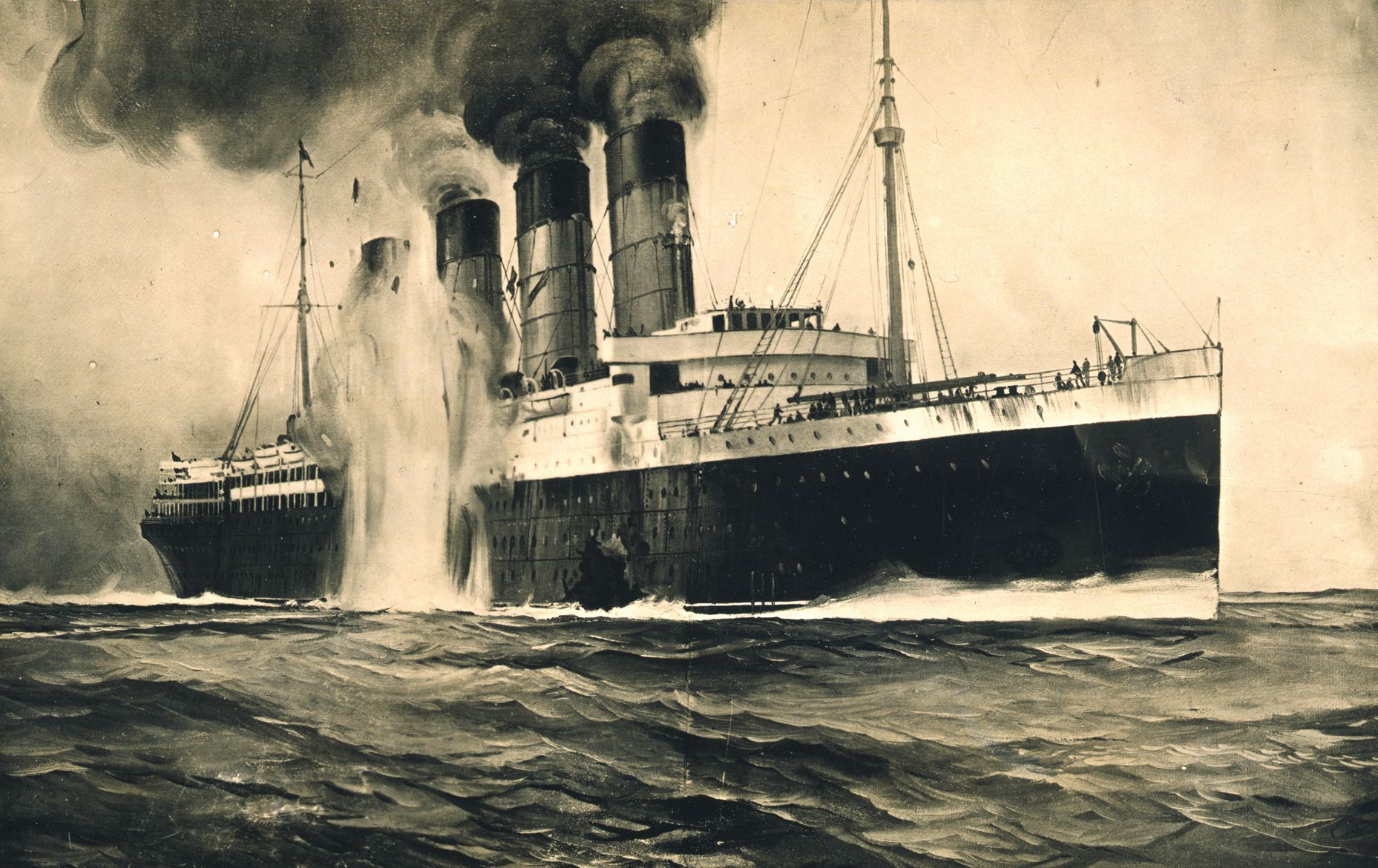
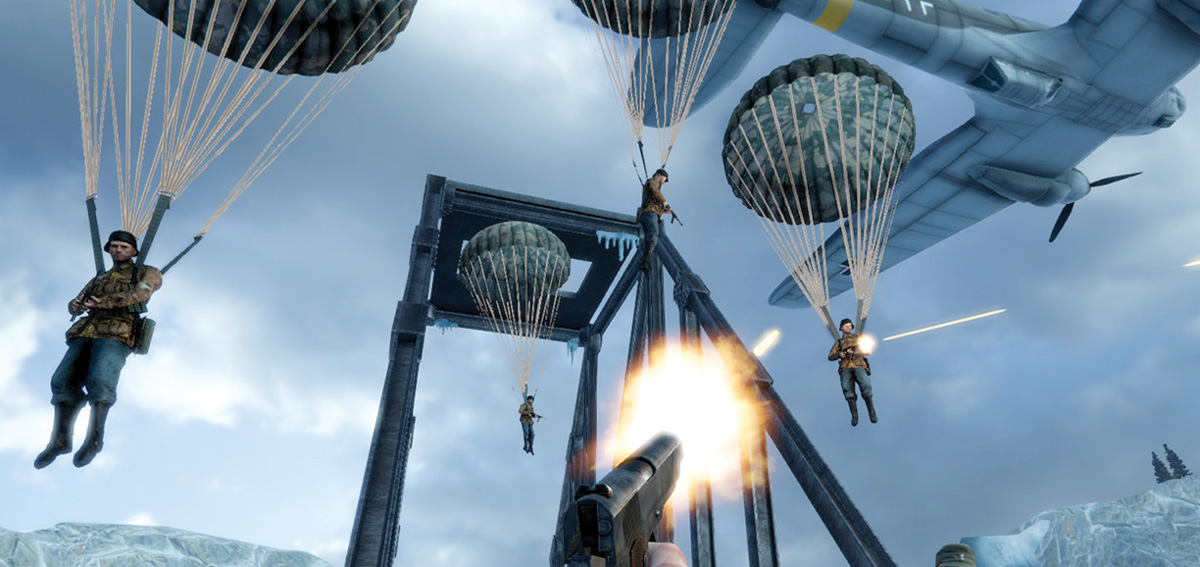

Join The Conversation
Comments
View All Comments